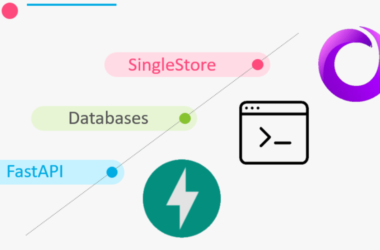In React, the virtual DOM (Document Object Model) is an abstraction of the actual DOM. It is a lightweight representation of the UI components and their structure.
When there is a state change in a React component, React creates a new virtual DOM tree. It then compares the new virtual DOM tree with the previous one to identify the minimal set of changes needed to update the actual DOM efficiently. This process is known as “reconciliation.”
Here’s a step-by-step overview of how state updates and reconciliation occur in React:
-
State Update: When the state of a component changes, either through user interaction or other triggers, the component re-renders. During re-rendering, a new virtual DOM tree is created for the component, reflecting the updated state.
-
Diffing: React then performs a diffing algorithm to compare the new virtual DOM tree with the previous one. It analyzes the differences between the two trees, identifying the minimal set of changes required to update the actual DOM.
-
Update: Once the differences are identified, React applies the necessary updates to the actual DOM to reflect the changes. It selectively updates only the parts of the DOM that have changed, optimizing performance.
By using the virtual DOM, React minimizes the number of actual DOM manipulations, which can be expensive in terms of performance.
React’s diffing algorithm efficiently determines which parts of the UI need to be updated, reducing the overhead of rendering and improving the overall user experience.





